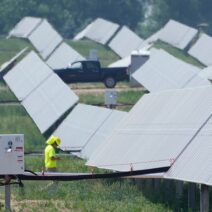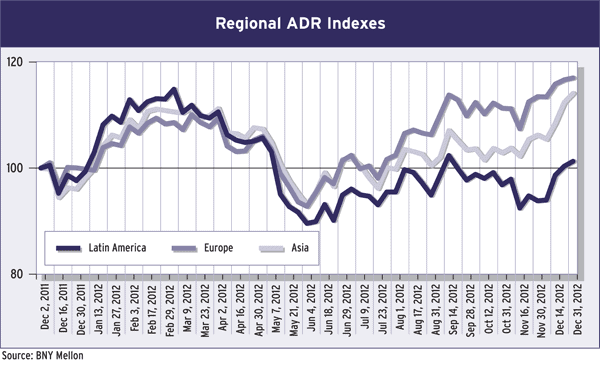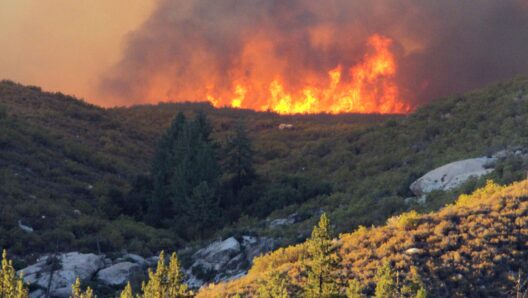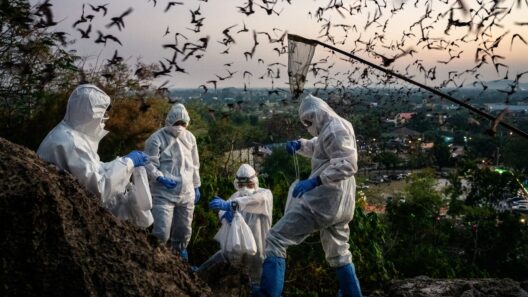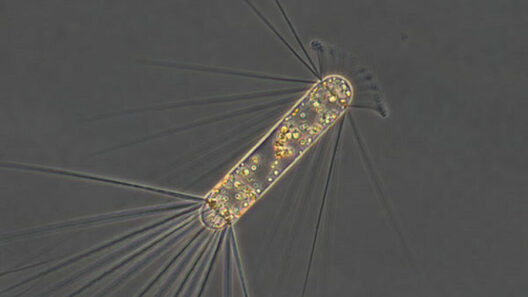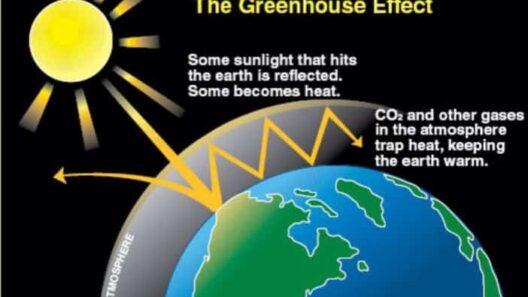Global warming, a phenomenon characterized by the long-term rise in Earth’s average surface temperature, is transforming ecosystems across the planet. One of the most pressing implications of this climatic upheaval is its insidious impact on food production. As temperatures rise, precipitation patterns alter, and extreme weather events become more frequent, the very foundation of food security is inherently threatened. This analysis delves into the multifaceted ways in which global warming alters agriculture, impacting crop yield, food supply chains, and the broader implications for society.
Climate Change and Crop Yields
At the crux of global warming’s impact on food production lies the direct relationship between altered climatic conditions and crop yields. Crop viability hinges upon a delicate balance of temperature, humidity, and sunlight. For instance, staples such as wheat, rice, and maize exhibit diminished yields as temperatures exceed optimal thresholds. According to agricultural studies, even a modest increase of 1°C can reduce yields of these critical crops by up to 10%. This phenomenon is particularly evident in regions that already grapple with marginal growing conditions. Sub-Saharan Africa, for example, faces stark challenges as temperatures soar, leading to increased droughts and diminished soil moisture, crucial for crop growth.
Moreover, changing weather patterns can destabilize planting and harvesting schedules, which could yield disastrous results. Farmers are often at the mercy of the elements, and the unpredictability brought on by climate change can lead to mismatched sowing times. Early harvests or unexpected frosts jeopardize crops, leading to reduced availability for consumers and higher prices in the marketplace.
Soil Degradation and Its Implications
As temperatures climb, soil health deteriorates, impeding agricultural productivity. Global warming exacerbates erosion through intensified rainfall and flooding, stripping away nutrient-rich topsoil essential for healthy crop production. Additionally, higher temperatures increase soil respiration rates, releasing carbon dioxide and diminishing overall soil fertility. The compounded effect of soil degradation is a significant contributor to reduced agricultural outputs, resulting in less food production in an already food-insecure world.
Furthermore, the burgeoning issue of salinization emerges in coastal regions where rising sea levels intrude upon freshwater aquifers, contaminating agricultural land. This results in the decline of crop cultivability, notably impacting irrigation-based agriculture that relies heavily on freshwater resources. The projected increase in saline intrusion necessitates an urgent reevaluation of current farming practices.
Shifting Pests and Diseases
Global warming does not merely affect the conditions under which crops grow; it also influences the prevalence and distribution of pests and diseases. As temperatures rise, pests that were once confined to specific regions can expand their territories, wreaking havoc on crops. Warmer climates accelerate development rates of these organisms, leading to more rapid cycling and increased populations. Reports indicate that regions such as central Europe have experienced an upsurge in pest pressure due to milder winters, prompting farmers to deploy greater quantities of pesticides to safeguard their harvests.
This reliance on chemical interventions precipitates a host of additional problems, including environmental contamination and the emergence of pesticide-resistant pest populations. The cycle is thus perpetuated; farmers face increased expenses on pesticides, while the ecological integrity of the farming landscape continues to deteriorate. The interdependence of climate change and agricultural pest management presents multi-layered challenges that require comprehensive strategies for mitigation.
Food Supply Chains and Economic Impacts
The ramifications of reduced agricultural output triggered by global warming ripple through food supply chains. As the availability of food diminishes, prices inevitably surge, exacerbating food insecurity, particularly for vulnerable populations reliant on affordable staples. The economic ramifications extend beyond the immediate impacts of increased food prices; entire communities, often reliant on agriculture as a primary source of income, face significant loss of livelihoods.
Furthermore, the interconnectedness of global markets amplifies these challenges. Regions that historically exported surplus crops may find themselves grappling with domestic shortages, while those dependent on imports face soaring costs and potential access restrictions. The geopolitical aspect of food security surfaced during recent global crises, posing threats to stability and highlighting the urgent need for resilient supply chain strategies that can withstand climatic volatility.
Adaptation and Mitigation Strategies
In light of these challenges, it is imperative that adaptation and mitigation strategies become a focal point in agricultural policy. Practices such as agroforestry, crop rotation, and organic farming enhance resilience against climate extremes. Genetic advancements in crop technology present an additional avenue for bolstering food security, with research devoted to developing climate-resilient crop varieties that can withstand increased temperatures and variable rainfall patterns.
Investment in sustainable agricultural practices, soil conservation, and innovative pest management techniques is essential for ensuring future food security amid a changing climate. Communities are encouraged to engage in collaborative initiatives, sharing knowledge and resources to cultivate locally adapted solutions. Empowering farmers with education and tools necessary for adopting sustainable practices can lead to a more resilient agricultural sector.
Conclusion
As global warming continues to encroach upon agricultural landscapes, the need for immediate action is critical. From declining yields to soil degradation and economic instability, the threats posed to food production are vast and complex. The path forward necessitates an amalgamation of innovative practices, collaborative strategies, and robust policies aimed at fostering resilience and adaptability in the face of changing climatic conditions. By confronting these challenges head-on, society can hope to safeguard not only the harvest but also the food security of future generations.


